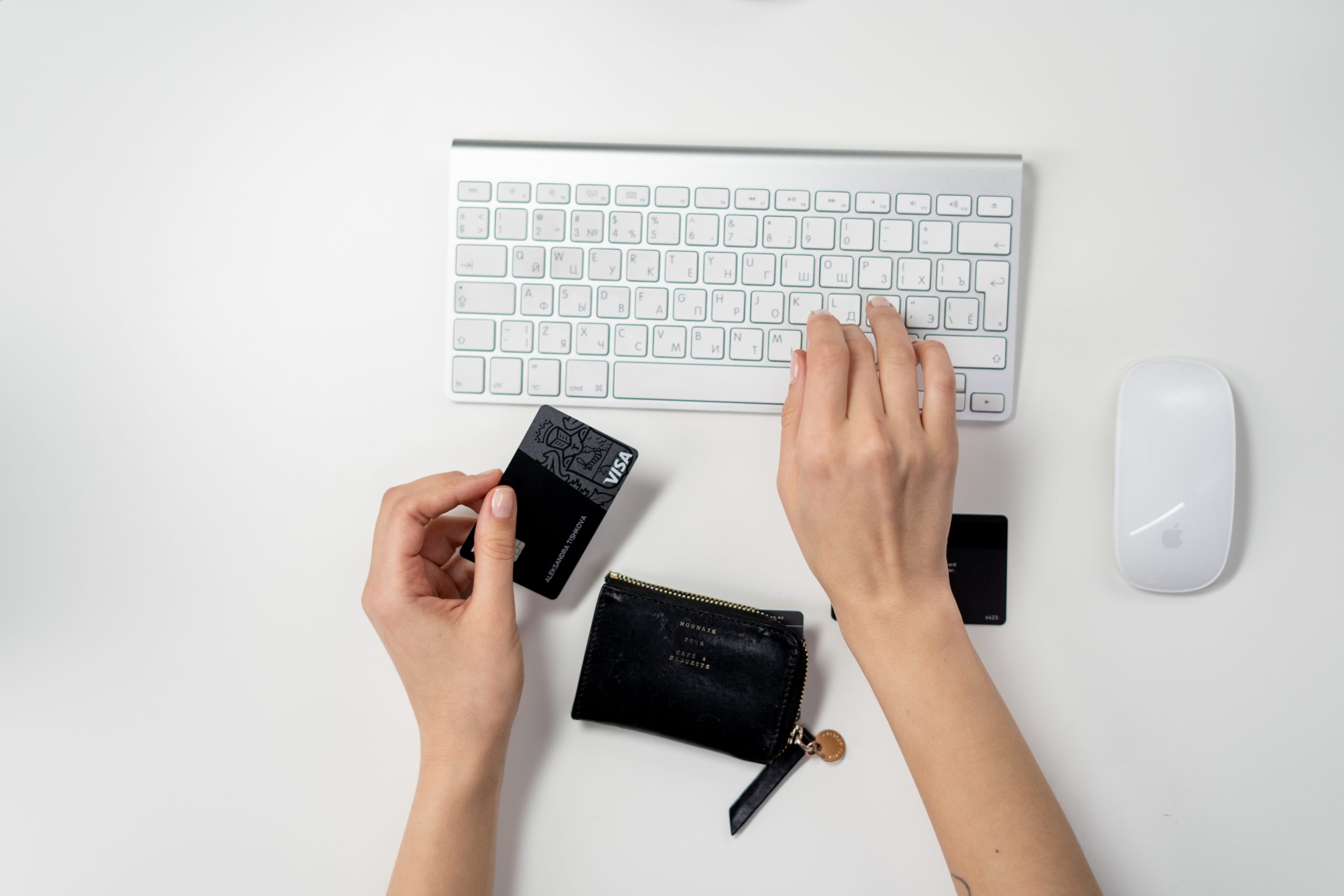Counterfeiters Are Stealing Christmas But It’s Not Too Late to Save It
When they sing that “you better watch out’’, they don’t mean Santa’s ‘Naughty or Nice’ list. If only it were that innocent. It’s a well known fact that counterfeiters love the holiday season and they like to celebrate it in their own malicious way. That’s why we make it a holiday tradition to warn online brands about the steps they can take to reduce the damage caused by counterfeiting.
No Rest for Counterfeiters
Counterfeiters don’t take a holiday. In fact, the holiday season is their busiest time of the year, as they take advantage of the abundance of online deals and gift-buying sprees. This year, with the majority of holiday shopping taking place online, the incentive for counterfeiters is greater than ever, and so is the risk for brands and shoppers.
What makes this year different, you ask?
The rapid transition to digital fueled by shoppers’ COVID-19 fears, caused a drop in in-store shopping. Recent reports suggest that in-person shopping during this year’s Black Friday decreased by 6.2% while overall holiday spending is up by 1.5%. This created a spike in shopping-related scams which led Amazon to announce a new collaboration with the National Intellectual Property Rights Coordination Center to prevent counterfeit goods from entering the US.
A recent report shows that 66% of consumers who unknowingly purchased counterfeit goods state that they will never buy additional products by the same brand. With counterfeits making up 10% of world trade fashion, the damage brands suffer is massive.
The reality is that cybersecurity solutions evolve, but so do scammers who are always on the lookout for new vulnerabilities to exploit
Counterfeits Counts: The Real Cost of Counterfeits
Counterfeits are no joke. In the EU alone, they are said to cause damage of $7,000 million a year. Their direct effect on businesses’ bottom line is evident and leads to a widespread impact beyond the immediate financial loss they create.
Some might say that it’s impossible to truly determine the real impact of counterfeits once we include the damage to a company’s reputation and shoppers’ fear of purchasing online. Take, for instance, the negative influence on elderly shoppers who are not just at higher risk of developing COVID-19 related complications but also for falling victims to online scams.
Increasingly we’re seeing how counterfeiters target older online shoppers with a range of scams, taking advantage of the fact that many of them are buying more online and in some cases, for the first time.
What can online brands do to minimize the damage caused by counterfeits?
Not all hope is lost and there are a few possible actions to take:
- Legal action: A company’s legal team can remove counterfeits by sending notices to those committing the crimes. We’ve seen plenty of examples of this course of action. Last year, CISCO won a legal battle against sellers of knockoff versions of some of the company’s top networking products. The company also secured an injunction to prevent major marketplaces such as Amazon and Alibaba from selling these counterfeit goods. Smaller businesses can also take legal action, but this poses its own set of challenges.
- Communication efforts: Businesses alert and inform shoppers regarding any possible counterfeits that might mislead them into purchasing knockoffs. These communication efforts include guidelines to help buyers tell whether they’re buying an authentic product.
Member clubs also offer plenty of precautionary measures. Companies can warn shoppers about contacting specific sellers and instruct buyers to only approach official company websites. Dedicated hotlines and chats to report possible counterfeits are also a hot counter-activity among many.
- Constant monitoring: We can’t fight what we can’t see, which is why effective monitoring of different platforms is a critical step for brands. Every platform that offers or advertises the brand’s products should be watched, as well as shopping-focused platforms where the brand itself isn’t active, but counterfeiters might be.
Brands must fight relentlessly because when counterfeiters discover a brand that sits still and allows them to target its customers, they take advantage of the situation as much as possible. It takes a long time to establish a brand’s online reputation and eCommerce infrastructure, but unfortunately, counterfeiters can destroy it all pretty quickly.
It’s best to combine different actions in an effort to cover all the bases. They quickly learn, however, that detecting counterfeits is only the first step towards sufficient brand protection. What companies genuinely need is an anti-counterfeiting solution that both discovers the threats and removes them.
Time to Embrace Complete Counterfeiting Protection
With the most online-focused holiday season yet in full force, no time is better than right now to embrace anti-counterfeiting brand protection. And if you don’t have the time right now, schedule a demo for after the holiday season and see BrandShield’s solution in action. In this demo, you’ll see how BrandShield crawls and scans hundreds of online marketplaces and platforms to detect counterfeit sales and trademark infringements and then completes the process by taking them down.
If you want to witness the holiday miracle that is a safe holiday season for you and your customers, contact us. Schedule a demo to learn how counterfeiting attacks might be jeopardizing your brand and how BrandShield can help, regardless of how big your brand might be. Here’s to a happy and secure holiday season!
